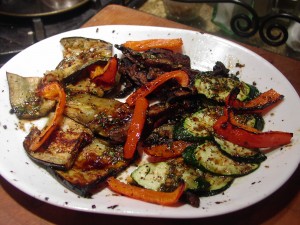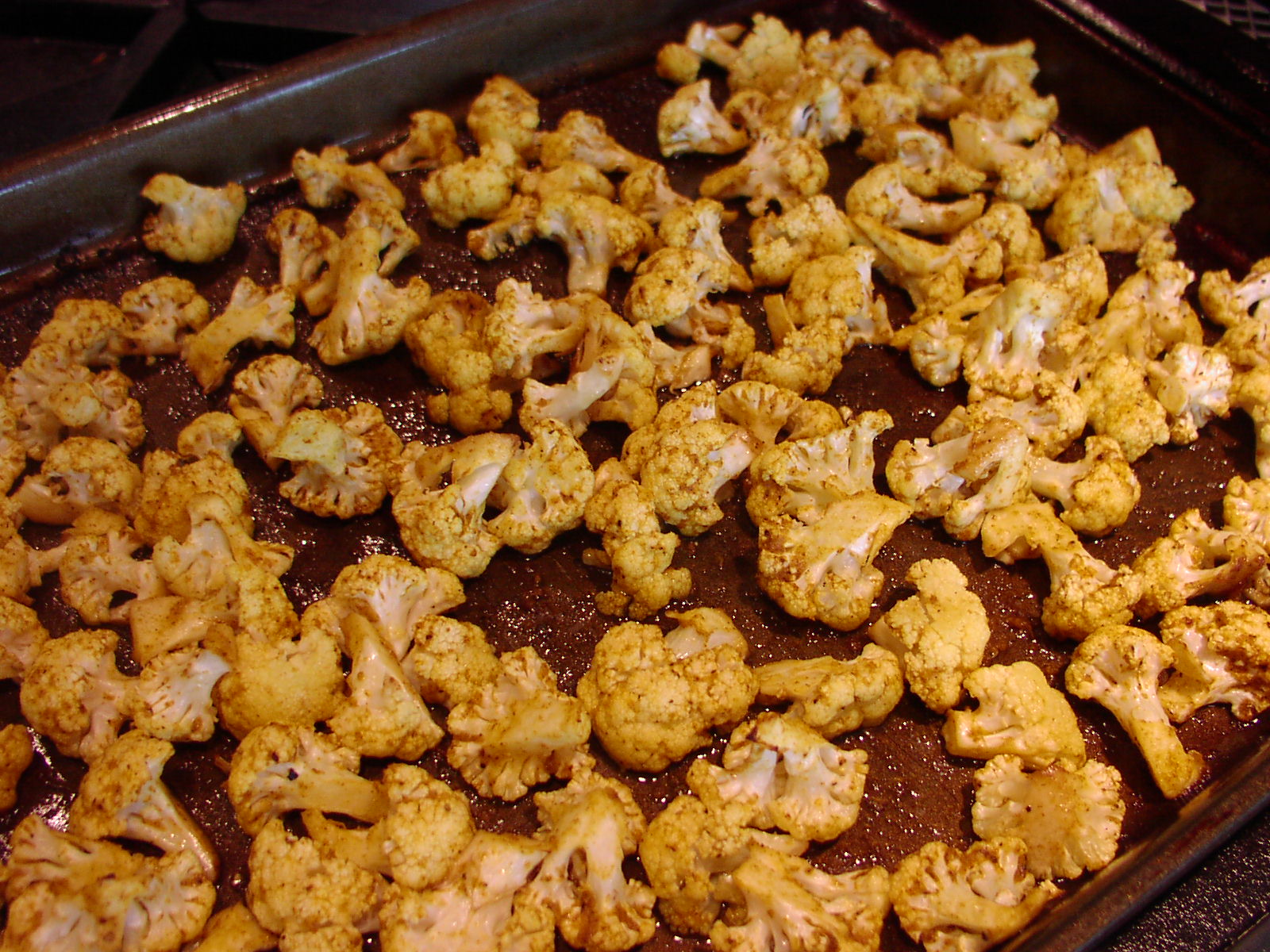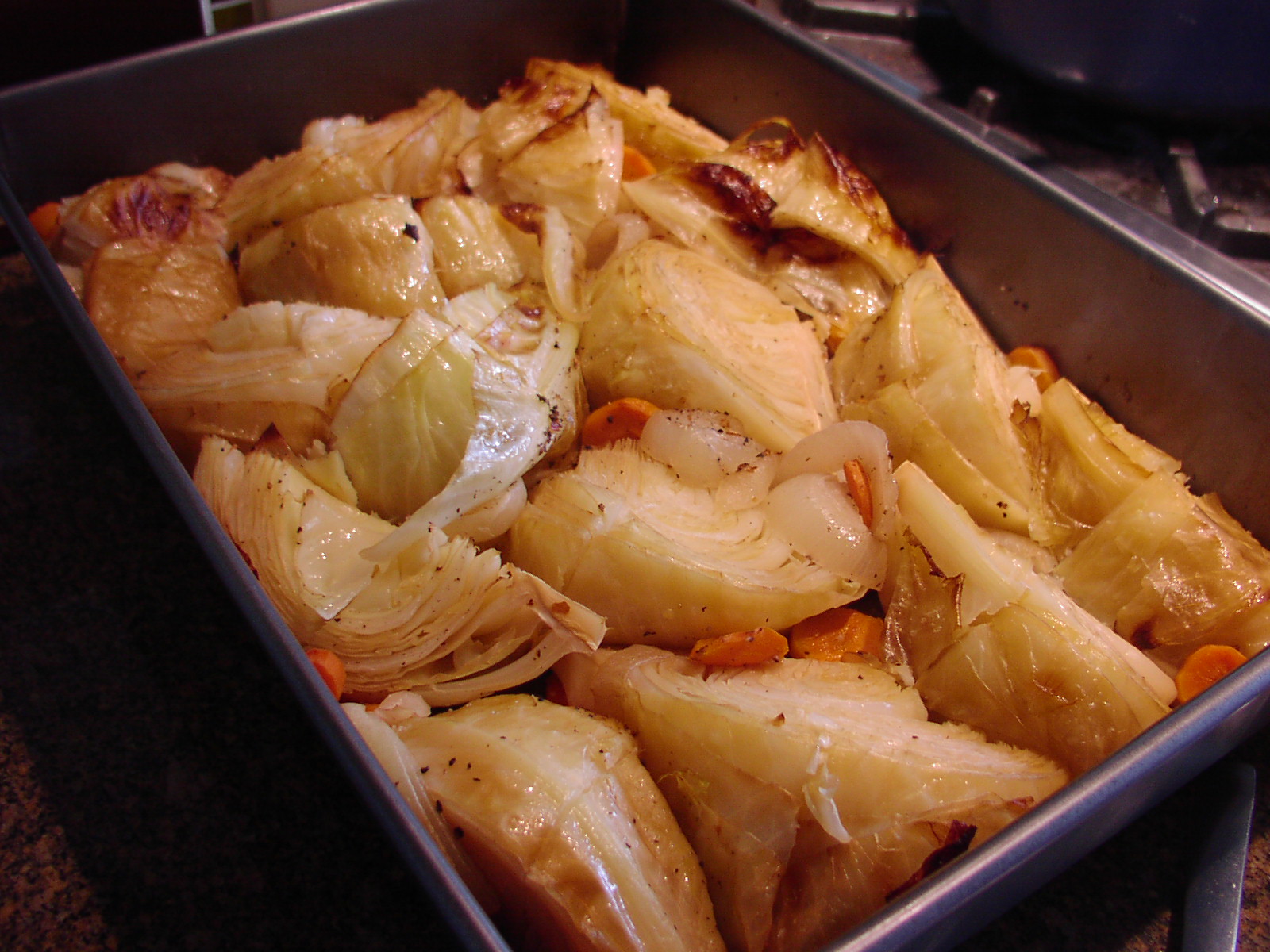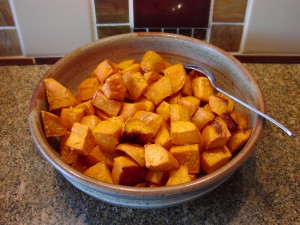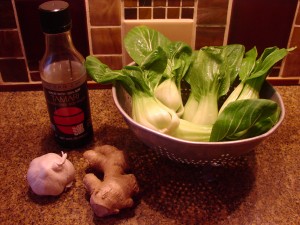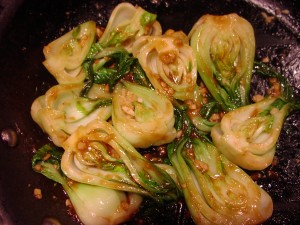When we were in Italy recently, grilled vegetables were on just about every menu. Sometimes it was just grilled zucchini, sometimes a mixture. But always the preparation was very simple; grilled with just a little olive oil slathered on before being placed on the grill. Off the grill the cooked veggies were then lightly sprinkled with salt and pepper. I personally like a little more oomph to my grilled veggies so this recipe (my take on a Giada De Laurentiis recipe) is perfect for me. (It’s still an Italian recipe since Giada was born in Rome!)
Grilled veggies are usually served with the secondi course, but since I don’t usually prepare what I consider two main courses, they are simply my veggie for that meal. (Or they make a wonderful additional to an antipasto platter.) But amazingly, one of the best dishes we tasted in Italy was prepared with just olive oil and salt.
We had made reservations at a small hotel in the mountain town of Santa Maria (about half way between the east coast and Rome on the west coast). But when we arrived we were greeted by the owner and loud, booming music. Roberto tried to explain what was going on, but finally resorted to going inside and eliciting the help of a young woman on the staff who spoke very good English. She explained that the hotel was hosting a large birthday party that evening and what we were hearing was just a taste of what was to come. Mr. C. and I looked at each other in horror, but the owner soon relieved us of our worry by calling a local B&B and booking us there for the night. (In his defense, he had called Expedia and explained the situation and Expedia had both emailed us explaining why we might want to change hotels and had also left messages on my cell phone. (I had taken neither my lap top or my cell phone along on the trip.)
So after learning that we really didn’t have to listen to crazy loud music all night, we were very relieved. The hotel owner offered to show us the way to the B&B that was just about a km away from the hotel. So we followed him and were absolutely delighted with our new accommodations. The hosts were friendly and the room was beautiful. We asked the staff for a dinner recommendation and they directed us to the nearby town of Tagliacozzo and the Osteria del Borgonovo. After driving around the little town of Tagliacozzo and not locating our restaurant, we parked along the central piazza and asked directions from three local boys. They pondered our question for a moment or two and finally came up with the general direction to take. They were charming young men and seemed thrilled to be able to help a couple of poor hapless Americans. Although we had driven by the osteria twice by this time, we almost walked by it too. Only Mr. Cs eagle eyes spotted a small and poorly illuminated sign that led down a long passageway and into the entrance of the restaurant.
The osteria looked like it had been built in a cave. No windows and only about 12 tables. Had either of us been claustrophobic, we might not even have stayed. But since we aren’t and the smells and general ambience of the room were lovely, we sat down complete with menus in hand.
That evening we both had good appetites so we each ordered a primi. Mr. C. had Tagliatelle al Ragù di Cinghiale (wild boar) and I had Ravioli al Funghi e Tartufo (thick large discs of ravioli in a creamy mushroom and truffle sauce). Absolutely divine. Since we still had a bit of room left for a little “something”, we decided to share a secondi. But before I tell you about our fabulous second course, I need to describe the restaurant in a little more detail.
Every grilled dish is prepared by the chef/owner right in the dining room. The cooking surface (grate) is the entire width of the wood fireplace. As you dine you watch the grill chef prepare everything from bread for bruschetta to rabbit, sausages or thick fork tender steaks dressed only with extra virgin olive oil and salt. Well steak was the item that caught our eyes. We had not had beef since we left home, so a hunk of beast seemed just the right thing to order and share. Our only problem was in telling our nice waitress how we wanted it cooked. Finally we resorted to looking in our “Eating in Italy for Dummies” book and came up with “al sangue” rare, for which we received a hearty thumbs-up from the middle-age couple at the next table. (If we hadn’t realized we were the only non-locals in the restaurant by then, it sure would have become evident at this point!)
So we ordered and sat sipping local wine in happy anticipation of the arrival of our steak. When it was delivered I was amazed at not only the size but the quality of the beef. Then I sliced off a bite and went straight to heaven. As described, the steak was simply grilled and then lightly coated with olive oil and coarse salt. Magnificent!
So next time you grill a steak, try this simple preparation. Grill the steak to desired doneness. Let rest for a couple of minutes and finish with a small splash of good olive oil and coarse salt. And for a side dish, why not serve a lovely plate of grilled veggies?
One final note: as we were leaving I worked up the courage to go up to the chef and not only thank him for an excellent meal, but to ask him about the grill. The first thing I noticed was how much heat was generated from the fairly small fire that was burning at the back of the grill. I mentioned this to the chef and in excellent English he told me it was easier to work in front of the grill in the winter! Then he laughed and thanked us for coming to his restaurant. I assured him it was our pleasure. We walked out of that restaurant not only full and contented from yet another wonderful meal in Italy, but with a new and wonderful memory to share with our family and friends at home.
- 1 red bell pepper, seeded and cut in strips
- 1 yellow pepper, seeded and cut in strips
- 1 yellow squash, sliced into 1/3-inch thick slices on the bias
- 1 zucchini, sliced into 1/3-inch thick slices on the bias
- 1 eggplant, sliced lengthwise into 1/2-inch-thick pieces, then cut in 3rds
- 3 portabella mushrooms, stems and gills removed then cut into ¾-inch strips
- 1 bunch asparagus, trimmed and cut in two
- 1/4 c. plus 2 T. extra virgin olive oil
- kosher salt
- freshly ground black pepper
- 4 tsp. balsamic vinegar
- 2 garlic cloves, finely minced
- 1 tsp. chopped fresh Italian parsley leaves
- 1 tsp. chopped fresh basil leaves
- 1/2 tsp. finely chopped fresh rosemary leaves
Place a grill pan over medium-high heat or bring your barbecue to medium-high heat. Brush the vegetables with 1/4 cup of the oil to coat lightly. Sprinkle with salt and pepper. Working in batches, grill the vegetables until tender and lightly charred all over, about 8 to 10 minutes for the peppers; 7 minutes for the yellow squash, zucchini, eggplant, and mushrooms; 4 minutes for the asparagus. Take the veggies off the grill and arrange on a platter. Meanwhile, whisk the remaining 2 tablespoons of oil, balsamic vinegar, garlic, parsley, basil, and rosemary in a small bowl to blend. Add salt and pepper to taste. Drizzle the herbed olive oil mixture over the grilled vegetables. Serve warm or at room temperature.

